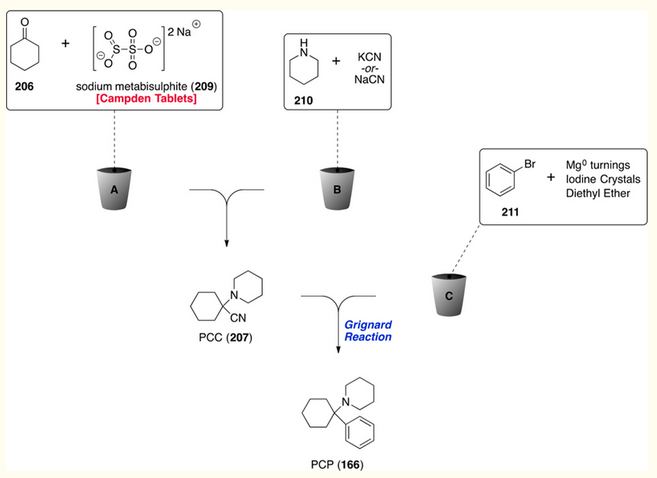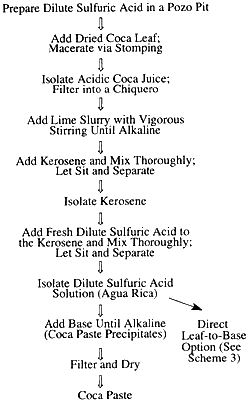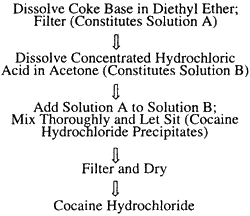dalpat077
Bluelighter
- Joined
- Oct 14, 2019
- Messages
- 3,092
Well here's the culmination and most important of today's contributions.
I've a collection of teks. that I'd like for those in the know to take a look at with a possible view to streamlining them. They appear to be all over the place (to begin with) and certainly deviate from standard procedures and, in one or two cases, are pretty innovative for small scale extractions (for those prepared to muck about with Coca teabags or Coca powder anyway).
In looking at these things and spending a lot of time on this: I cannot help but wonder if a new set of qualified eyes couldn't improve and streamline (again: new pair of qualified eyes could maybe be of benefit). Just for fun and as examples: I've found two papers where warm or boiling methanol is purported to be more efficient (and obviously quicker) and have also found a paper dealing with microwave extraction under pressure (the latter though, I'm figuring, more for analysis and testing purposes i.e. impractical for production on any scale).
I also cannot help but wonder if these teks. are being over complicated. And while there's some commonality between them: there's also some differences that are of concern (or, to be more precise, that I don't understand).
Anybody prepared to lend a helping hand here and give their professional opinions (none of this stuff is anything new though i.e. been floating around for decades so far as I can tell).
I will upload the teks. into a single compressed file for download if that's acceptable. Done.
 drive.google.com
drive.google.com
I've a collection of teks. that I'd like for those in the know to take a look at with a possible view to streamlining them. They appear to be all over the place (to begin with) and certainly deviate from standard procedures and, in one or two cases, are pretty innovative for small scale extractions (for those prepared to muck about with Coca teabags or Coca powder anyway).
In looking at these things and spending a lot of time on this: I cannot help but wonder if a new set of qualified eyes couldn't improve and streamline (again: new pair of qualified eyes could maybe be of benefit). Just for fun and as examples: I've found two papers where warm or boiling methanol is purported to be more efficient (and obviously quicker) and have also found a paper dealing with microwave extraction under pressure (the latter though, I'm figuring, more for analysis and testing purposes i.e. impractical for production on any scale).
I also cannot help but wonder if these teks. are being over complicated. And while there's some commonality between them: there's also some differences that are of concern (or, to be more precise, that I don't understand).
Anybody prepared to lend a helping hand here and give their professional opinions (none of this stuff is anything new though i.e. been floating around for decades so far as I can tell).
I will upload the teks. into a single compressed file for download if that's acceptable. Done.
CETEK.zip
 drive.google.com
drive.google.com
Last edited:



